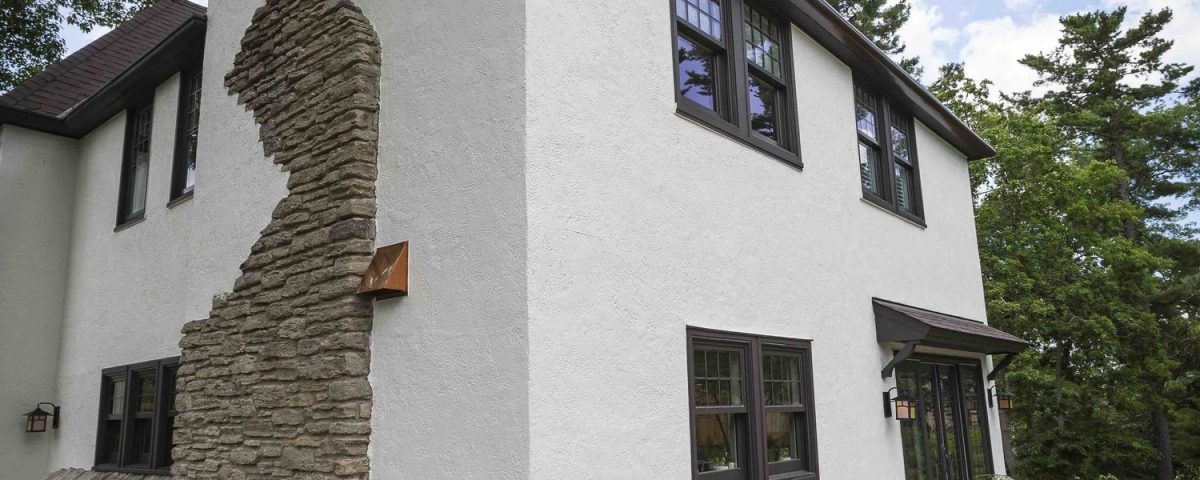What Does the EPA Lead RRP Rule Mean to Me?

Are You Using Houzz to Collect Your Design Ideas?
April 27, 2017
7 Steps to Make Your Hardwood Floor Last a Lifetime
June 1, 2017
On April 22nd, 2010 the Environmental Protection Agency’s (EPA’s) Lead Repair, Remodeling, and Painting (LRRP) regulation went into effect across the country. These lead rules are misunderstood by many, and completely unknown to others, this regulation impacts thousands of homes in the Greater Cincinnati Area. To make things worse, the regulation went into effect without many in the remodeling community in compliance.

WILL IT AFFECT ME AND MY HOME?
Like many confusing regulations handed down from the EPA, the answer to that question is… “It depends”. First, the easy answer. If your Cincinnati home was constructed in or after 1978, your home is exempt. If your home is a zero-bedroom dwelling like a loft apartment, you’re exempt. If you intend to do work on your home yourself and not pay someone, your work is exempt.
The new rules apply to homes built prior to 1978 and for work that is being performed for compensation. While this can seem like a good thing for do-it-yourself owners, it could also mean that homeowners who do their own remodeling will be putting their families at an increased risk. Since the average person will not be trained in the necessary testing and lead-safe work practices, they may increase the risk of lead poisoning for themselves and their families.
I DON’T WANT TO DO THE WORK MYSELF, SO NOW WHAT?
Let’s say your house was built before 1978, and you are hiring a professional for some improvements. It’s important to remember that just because your home was built prior to 1978 does not mean that you have lead paint in your home. Since lead paint was all but gone from store shelves for years before the 1978 EPA ban, the closer your home is to the cut-off year the less likely it is that lead paint is present. A Certified Renovator (more on who this is later) can test the paint in your home to determine if lead paint is present. If the test is negative, you’re exempt regardless of when your home was built.
NOW THE TRICKY PART
If your home tests positive for the presence of lead paint, there are still a few ways your project may avoid the additional expense of lead-safe work practices. If the work does not disturb more than six square feet of surface in each room, and if it does not disturb more than twenty square feet on the exterior of your home, it is exempt from these rules. That being said, window replacements are always covered by these new rules, regardless of the amount of material disturbed.
OKAY, MY PROJECT IS NOT EXEMPT, WHAT DOES THAT MEAN TO ME?
The biggest impact seen by homeowners will be in the form of increased project costs. The EPA has estimated that the new regulation will add approximately $35 – $375 to each project, but that amount is considered very unrealistic by professional remodelers. The additional cost for the lead-safe work practices required has been estimated to add 5% to 30% to affected projects. The actual amount the regulation will cost you will depend on several factors including the location of the room(s) in your house, their proximity to an exit, etc.
WHAT DOES THIS MEAN FOR REMODELERS?
Remodelers that plan to perform work on homes covered by the new LRRP rules must be certified by the EPA. To be certified by the EPA a firm must have at least one Certified Renovator on staff. A Certified Renovator is a person who has completed the EPA-approved eight-hour course in lead-safe work practices. A Certified Renovator must be present at the work site when the signs and containment are set up and when the clean-up is performed. A Certified Renovator is also required to perform testing for the presence of lead. This work cannot be delegated to another employee that is not certified.
THE BASIC STEPS THAT COMPANIES MUST ADHERE TO ARE AS FOLLOWS:
- Give the homeowners the EPA lead brochure “Renovate Right: Important Lead Hazard Information for Families, Child Care Providers, and Schools” before the project starts. A signature form will be required as proof that the owners have been given the pamphlet.
- Train workers in lead-safe work practices. Not all workers must be Certified Renovators, but all workers must be trained.
- Post warning signs for occupants.
- Clean and isolate the work areas properly.
- Keep records for three years that show the regulations were followed.
These are just the basics, and a qualified and certified remodeling company will be able to carry out the specifics of these rules.
With a relatively low number of remodeling companies in compliance, it will be more important than ever for homeowners to make certain that they are working with a professional organization. Everyone knows to ask for insurance and workers compensation certificates, now we need to add lead certification to that list.
Smart People Make Smart Choices
Our goal with these pieces is to help you get the information you need to make educated choices for your home and family. If you’ve found this helpful, share it with others. If you have questions or would like to request other topics to be covered, please use the comment section below and we’ll make sure you get you the answers you need.
If you’d like to get your project started we’d love to talk with you!







